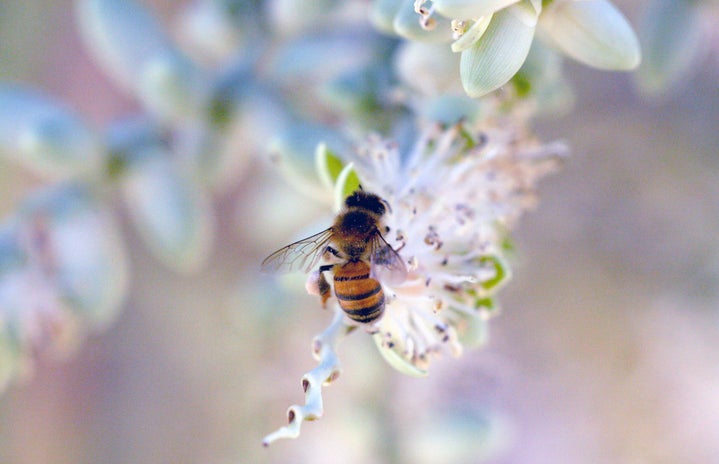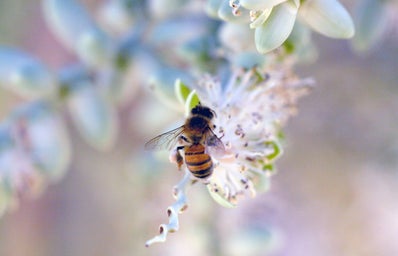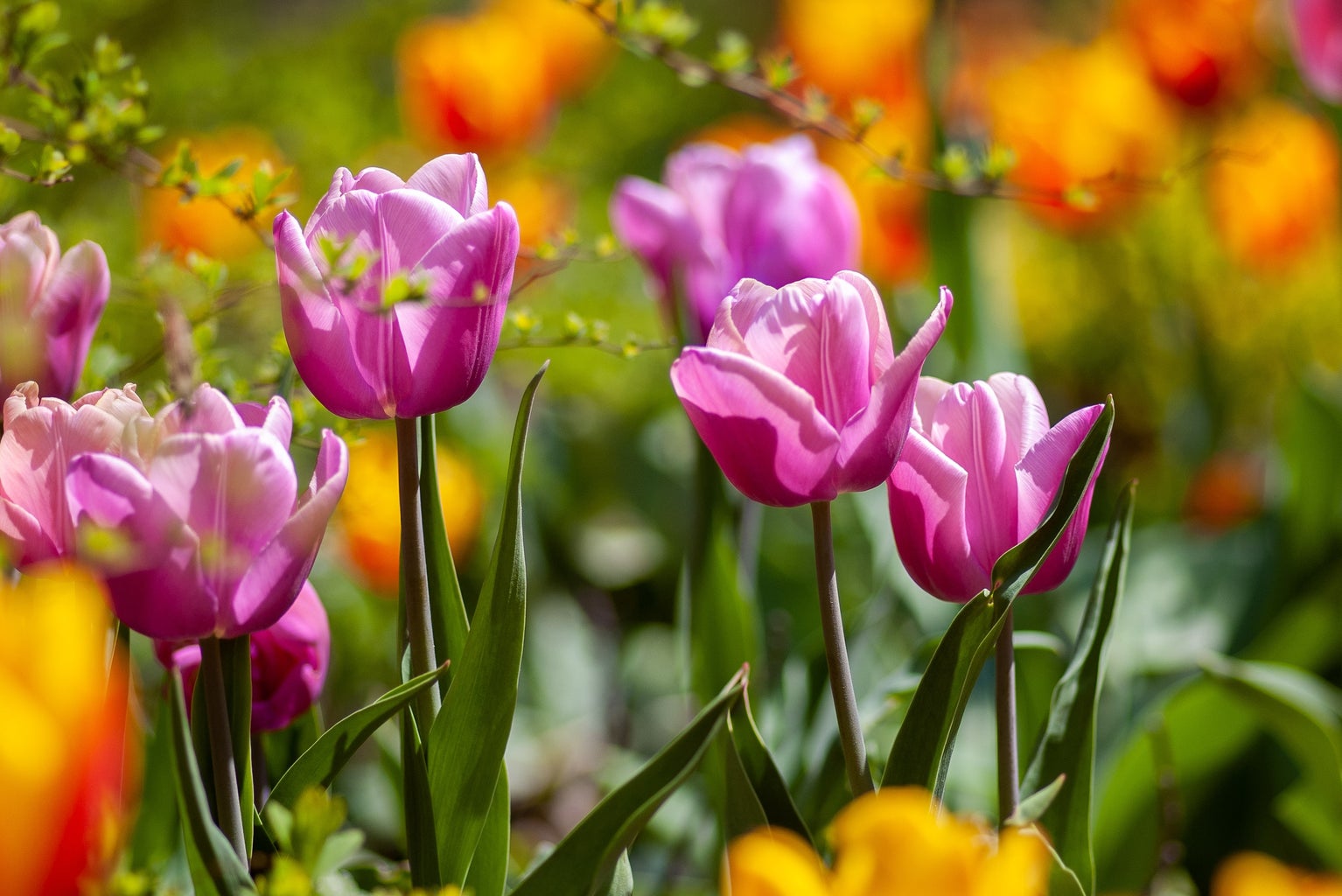Honey is amazing. Whether you use it as a sweetener in your coffee, a topping on your yogurt, or literally anything else, you know the magic it provides. Although most of us are familiar with eating honey and even slightly knowledgeable about honeybees, how is it actually made?
Honey can take on many different tints and flavors. This is because the first step of our honey creating journey is pollination. Our friends, the worker bees, are such an integral part in the process of crop pollination because they collect nectar and, at the same time, pollen. Moving pollen from flower to flower helps the crops (especially fruits and nuts) thrive, and helps the worker bee get nectar.
After collecting the nectar, it is time to bring it back to the hive. In the hive the nectar is broken down by being passed from bee to bee. Yes – it is bee vomit, kind of. This process allows the natural sugars to develop, and then the nectar is placed into honeycomb within the hive.
The honey is not fully ready to harvest yet because it is still liquid. The bees have a really interesting way of getting rid of the excess moisture: fanning their wings. They fan the nectar until it becomes honey! Ripe honey is then stored in cells of the honeycomb and sealed with wax. Having the wax on top keeps it clean in the hive. This is when human intervention is required to collect honey for people.
At this point you might be wondering, is it okay to take honey from the bees? Generally yes, it is okay to harvest honey from Apis Mellifera or honey bees. The reason why is because these bees produce lots of honey and are constantly filling their hives with it. There is a responsible amount that can be taken without hurting them, but they do have an inactive period where they need the food they made, so keep that in mind.
If you haven’t seen the increasingly popular videos of beekeepers speaking about all of the amazing properties of honey, here are my takeaways. Honey is a great natural substitute for sugar because of its sweetness, and it can be quite diverse. However, it has more to offer than this. It is anti-inflammatory, antimicrobial, and antioxidant, which basically means it can help with a variety of ailments, including mild burns. This may seem crazy but the more you learn about bees and specifically their production, the more you can find out about our environment and natural remedies.
Bees are not the only pollinators that need some love. Bats, birds, and butterflies are all hard at work to provide not only for themselves but also for us. If you are interested in learning more about pollinators, join the Bruin Beekeepers on campus! Click this link to see their page!





